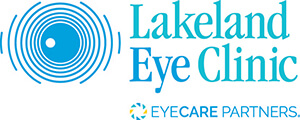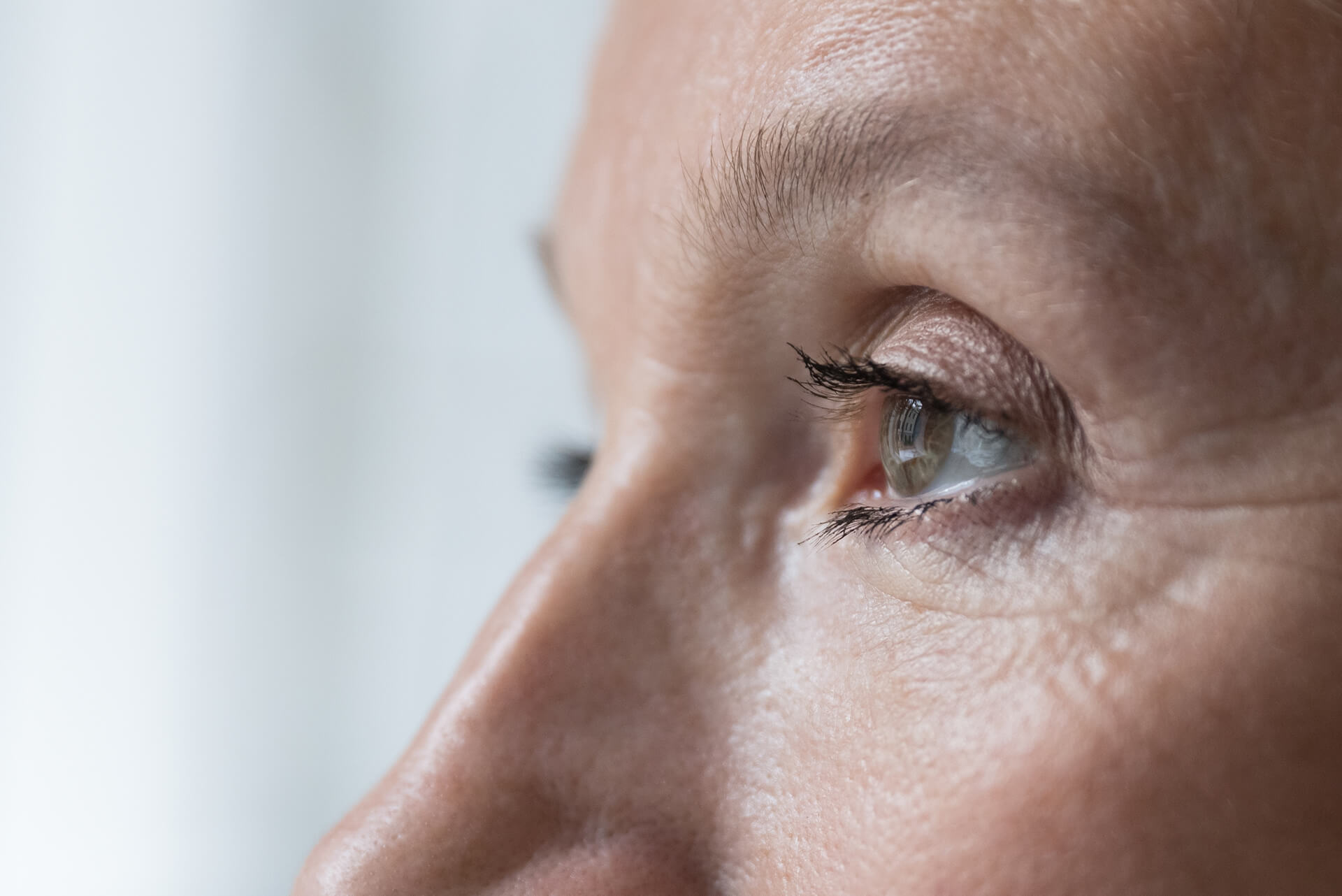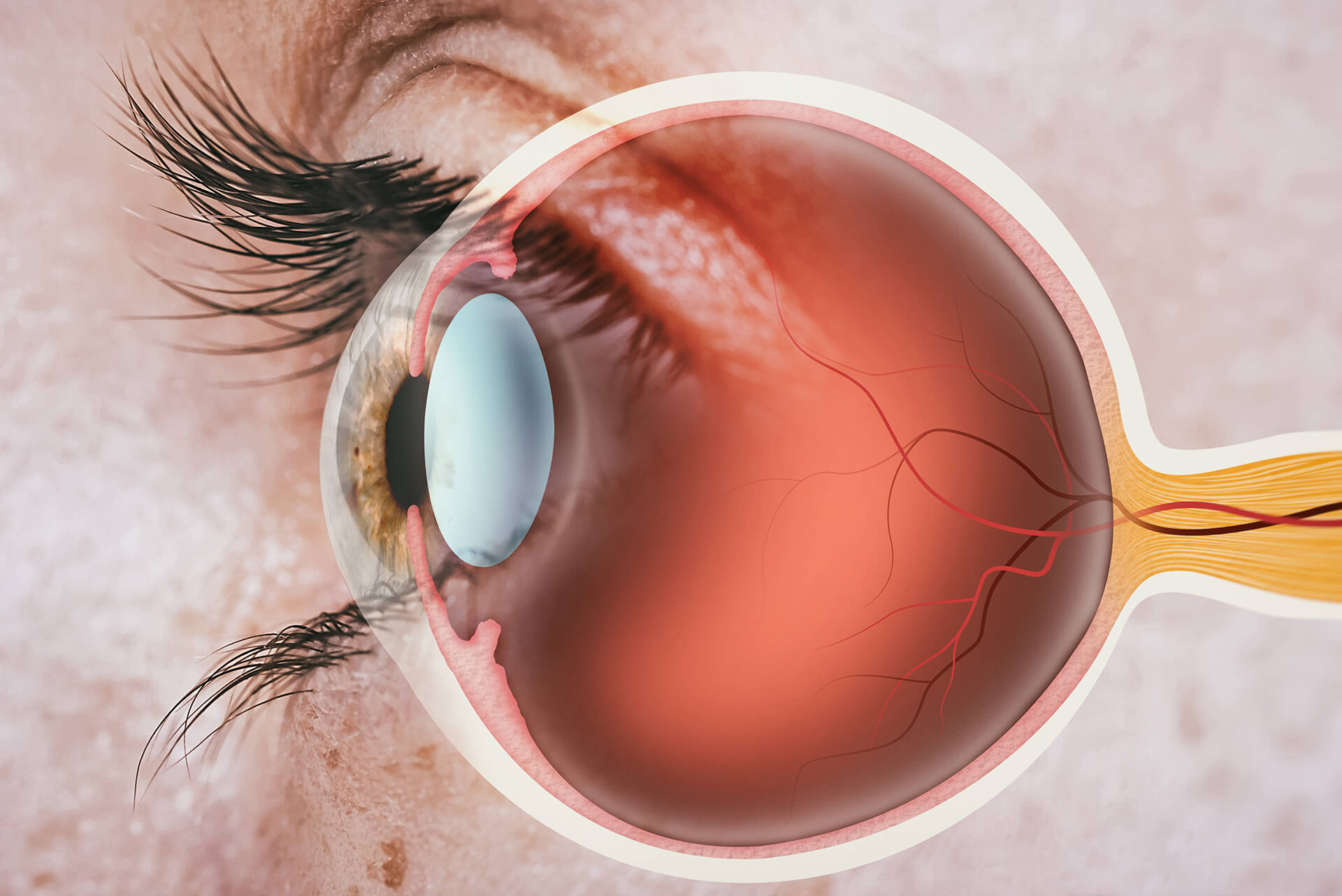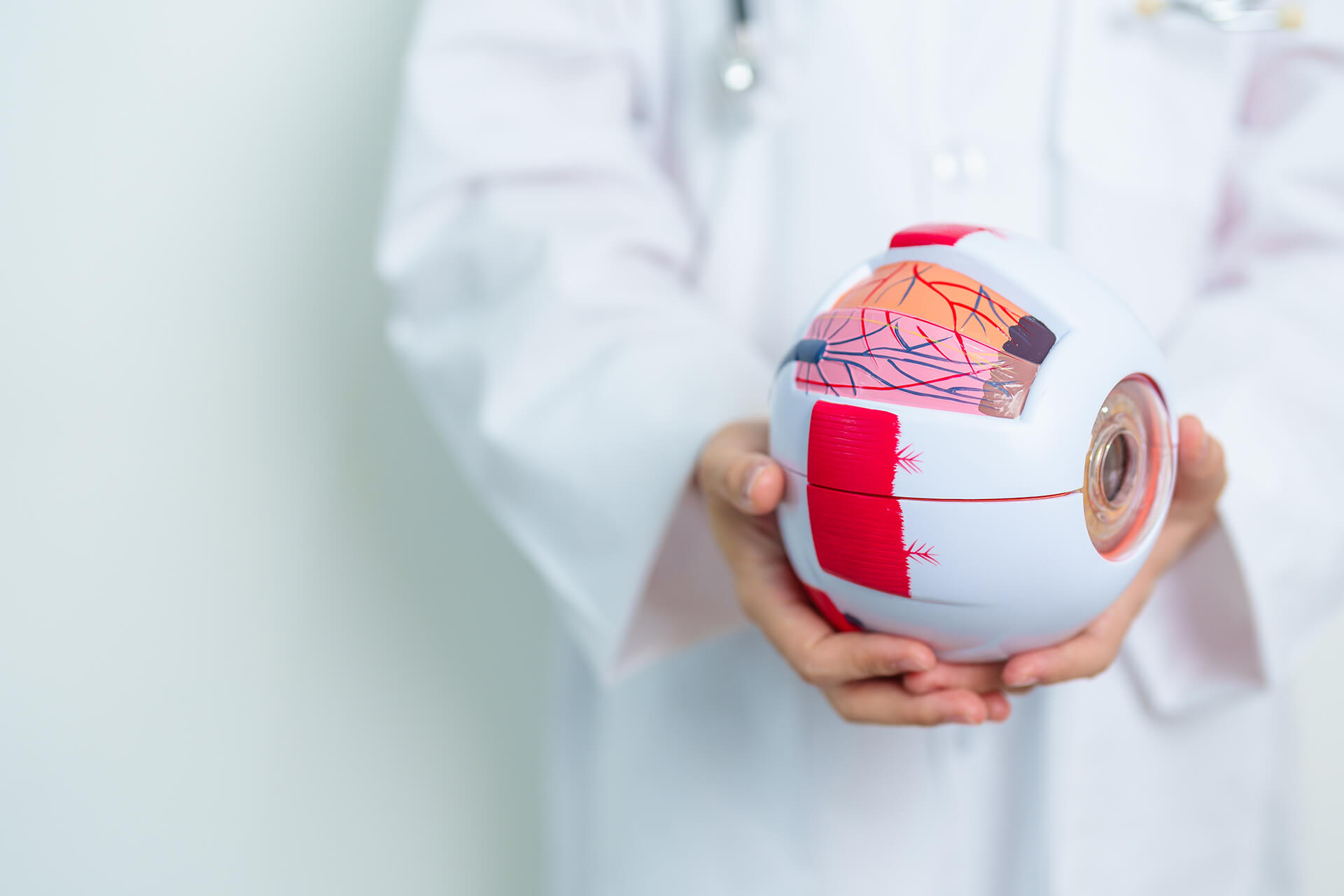
Lakeland Eye Clinic provides expert care for vitreo-retinal diseases and disorders. Our team of eye doctors specializes in the diagnosis and treatment of medical and surgical vitreo-retinal diseases.


A thin layer of tissue called the retina covers the back inside wall of the eye. When the cornea and lens at the front of the eye focus light on the retina, a picture is taken and sent to the brain through the optic nerve to be interpreted. Thus, the retina is the “seeing tissue” of the eye.
The retina has two parts: the peripheral retina and the macula.
The macula is the center of the retina, while the large area surrounding the macula is the peripheral retina. The peripheral retina allows us to see out of the corner of the eye but is unable to see detail clearly. We cannot drive, read or see facial features with the peripheral retina.
Although small, the macula is one hundred times more sensitive to detail than the peripheral retina. The macula is required to see fine detail and it must be healthy to work properly.
When the retina—and especially the macula portion—is diseased or damaged, vision can be significantly impaired. Early detection and effective treatment of retinal conditions are essential to maintain eye health and preserve vision. The highly experienced eye doctors at Lakeland Eye Clinic offer leading-edge diagnostics and treatment options.

The vitreous is a jelly-like substance that fills the cavity between the lens and the back of the eye. Also called the vitreous humor. As we age, the vitreous ages along with the rest of the body, and these aging changes can sometimes lead to problems with vision and even damage to the retina. That is why we often speak of patients with vitreo-retinal disease.
Age-related macular degeneration (AMD) is a common eye condition and a leading cause of vision loss among older adults. It results from degeneration of the macular tissue and can cause central vision loss, blind spots, changes in color perception, and distorted vision. There are two general categories of AMD, the “wet” or exudative kind, and the “dry” or atrophic kind. The “wet” form of the disease is associated with abnormal blood vessel growth that often leads to severe vision loss. It is often treated with ocular injections. The “dry” form of the disease is treated with careful observation and vitamin therapy. Dry AMD can sometimes turn into wet AMD, and when that happens, prompt diagnosis and therapy are essential to maximize visual outcomes.
Diabetes is a chronic condition that affects the body’s ability to process blood sugar. People with diabetes are at risk for diabetic retinopathy, an eye disease that damages the smallest retinal blood vessels. Diabetic retinopathy has several distinct stages with varying symptoms. Early detection is important to prevent permanent vision loss. Learn more about diabetic retinopathy and available treatment options at Lakeland Eye Clinic on our Diabetic Eye Disease page.
Endophthalmitis is an infection of the eye and is also an ocular emergency. Infections can spread to the eye from infections elsewhere in the body, can occur because of trauma to the eye, and can also be a complication of ocular injections or eye surgery. The prognosis of untreated endophthalmitis is often very poor, with a high likelihood of loss of vision, loss of the eye itself, and even the spread of infection from the eye to other parts of the body. The diagnosis of infectious endophthalmitis involves careful examination of the eye which often leads to a “tap and inject” procedure where a small amount of fluid is removed from the eye for evaluation in a laboratory to identify the microbe that is causing the infection.
Flashes and floaters are common visual disturbances that appear as flashes of light or as dark specks or strands. Flashes and floaters are typically the result of changes in the vitreous gel but can also be signs of more serious disease. They are often harmless, but it is important to have them evaluated by an experienced eye doctor if you experience this type of visual disturbance.